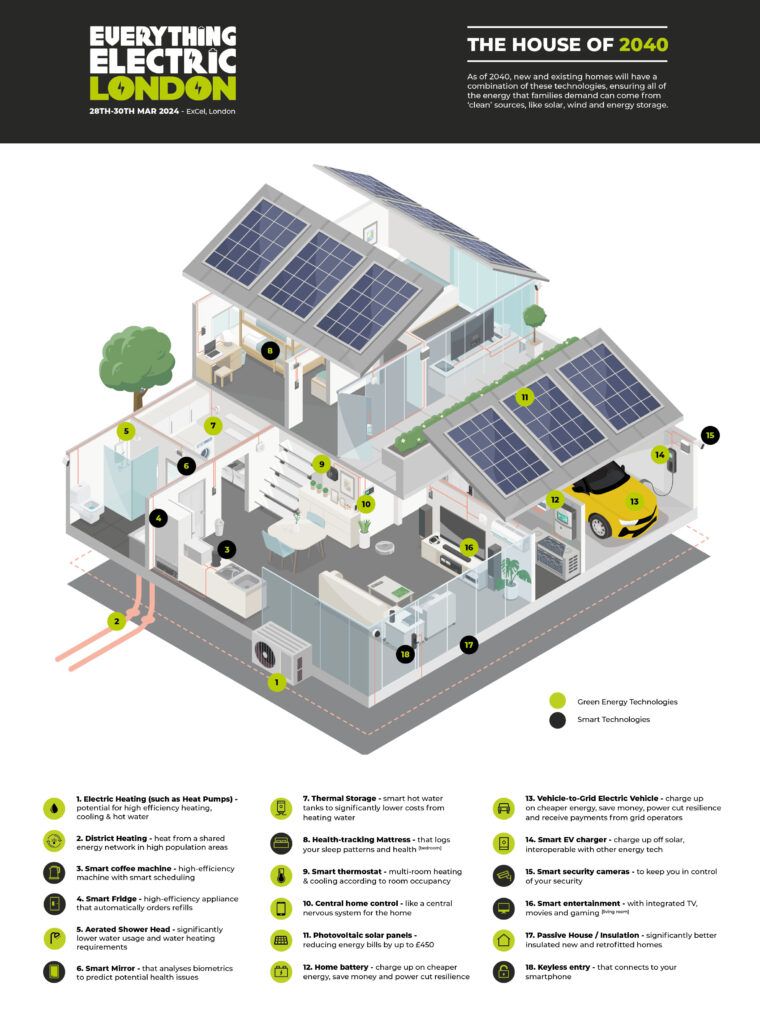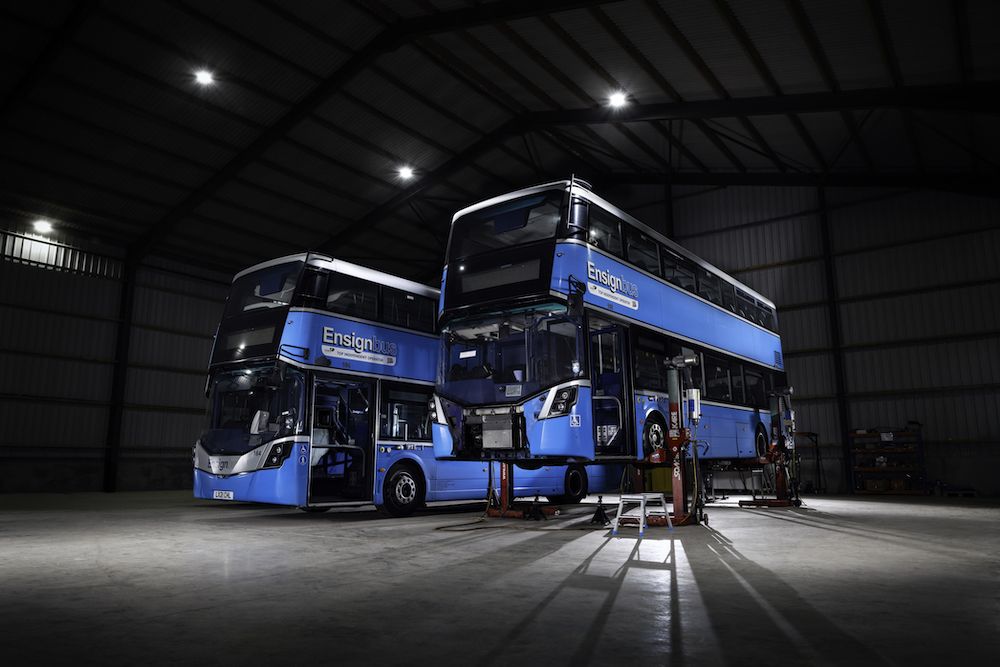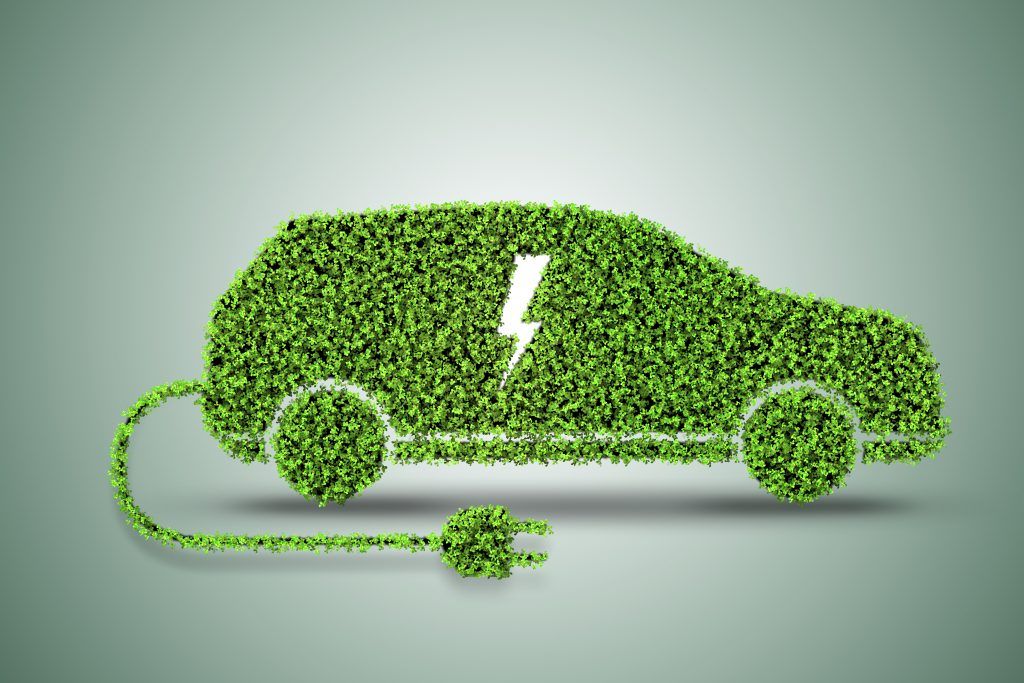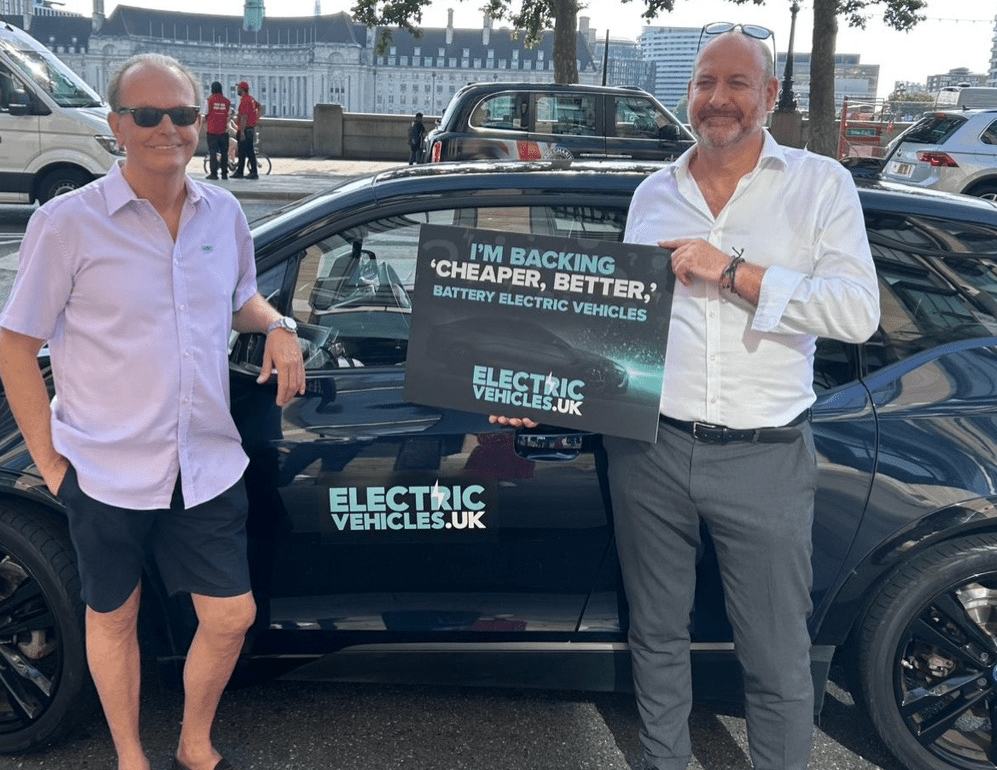Everything Electric will showcase the House of the Future – harnessing the latest in green energy and smart home integration.
Opening the doors to the ‘House of the Future’, a team of experts from Everything Electric – the world’s leading home energy and electric vehicle show – has devised a blueprint showing how we will inhabit and interact with our living spaces in the future.
Built on a foundation of innovation, sustainability, and cutting-edge design, the House of 2040 has been curated by Everything Electric experts Dan Caesar, Imogen Bhogal and Robert Llewellyn.
A massive 57% of homes in Britain now contain a smart device and with the Smart Home market worldwide expected to generate a revenue of US$154.4bn in 2024, the journey towards an intelligent, eco-friendly future is well underway. Here, Everything Electric takes a closer look at some of the possibilities driving innovation and growth within the smart home sector.
Virtual Power Plants
In 2023, the UK grid averaged around 45% renewable energy, however with smart home technology everyone can turn their homes into a renewable energy power plant.
Photovoltaic (PV) solar panels could become the standard, with initial costs coming down around 90% since 2009, allowing it to be standard practice on new-build homes across the country. Households can reduce energy bills by up to £450 per year using a 3.5 kilowatt-peak PV system.
EVs will become ever-increasingly sustainable for homes with solar power. With products such as MyEnergi’s Zappi EV charger, which fully integrates and communicates with the PV panels, smart control of home energy is simple and future-proofed.
GivEnergy, exhibiting at this year’s show in London, has been a leader in home and business batteries for eight years. Dave Roberts, UK Managing Director at GivEnergy said: “By 2040 we believe lots of houses will be virtual power plants (VPPs). By charging their batteries overnight using a lower variable tariff, customers can save up to £5 per day on energy. Some of our customers are making £24 a day selling their excess energy back to the grid with our GivBack service!”
Home energy generation brings with it the need to store excess energy to be used when it’s needed most, or sold back to the grid. Companies like DURACELL Energy are offering stackable home batteries such as the DURACELL 5+ Batterywhich can store solar and wind energy generated at home, while some providers buy back energy at an average of 15p per kWh6.
In 2040, smart homes will come with smart cars – vehicle-to-grid (V2G) technology is already available now, so homeowners will have a huge amount of power at their fingertips, allowing the vehicle to discharge energy and either sell it back to the grid or be stored in home storage batteries, ready to be used at peak times.
“We’ve already seen multiple manufacturers launch cars with V2G capability – including the Volkswagen ID. 4 and the Renault 5 E-Tech electric – with more to follow this year. With limited options for storing clean energy and challenges to managing peak load on the grid, this is truly an enabling technology, unlocking significant clean energy storage and distribution potential in cities,” comments avid electric vehicle advocate and founder of the Fully Charged Show, Robert Llewellyn.
The Future of Heating
By 2040, new gas boilers will likely be a thing of the past. Currently, 13-14% of UK carbon emissions come from heating residential homes, meaning a more efficient alternative is vital.
While some homes will turn to fully-electrified heating systems such as resistance heaters and infra-red heating panels, heat pumps are becoming increasingly mainstream in the UK. They work by extracting the heat from water, ground or air, using a compressor and condenser to raise the temperature, where it’s then circulated around the home.
“There are already over 17,000 heat networks in place in the UK, and nearly half a million homes and businesses connected to them8; district heating can offer a source of low carbon heat to residential homes, and could even help tackle fuel poverty,” according to engineer and broadcaster, Imogen Bhogal.
The House of 2040 benefits from a local district heating network that uses a singular central heat source, such as geothermal or data centres, to distribute warm water through a network of insulated pipes to multiple dwellings.
The warmer the water coming into the household, the less energy is required to heat the water. The water is pumped through the house’s heat pump, efficiently heating the water as required, such as hot showers. A recently-published study suggests that 4,000 wastewater treatment plants that sit within 2km of heating district networks could deliver around 175TWh of heat to the networks per year.
Entertainment, Gadgets & Smart Appliances
Development in artificial intelligence (AI) will have a profound impact in every area of our lives and homes.
“Every appliance in the home has the potential to benefit greater connectivity. The internet of things makes use of a network of sensors coupled with advanced machine learning, to help create smart home products that can help make our lives easier,” explains Bhogal.
Integrated Home
In the future, you might not even need a key for the house. Connected keyless locks will use your fingerprint for access and will connect with security systems that monitor cameras, motion, temperature, humidity, and pollution, lighting and even curtains, giving you total control over your home.
Building New Houses
Almost 300,000 new houses will need to be built each year in the UK alone to keep up with demand, but building homes from scratch is taxing on the environment. Concrete remains one of the most widely-used materials in construction, with cement, the glue used to make concrete, emitting as much as 2.5 million tonnes of CO2 per year.
A switch to Timbercrete, made with waste wood shavings, Hempcrete, made with waste hemps shives from the hemp fibre industry, or Ashcrete, made from waste coal ash, is forecast to become more mainstream and could save between 40-100% of embodied CO2 .
The gold standard for future housing is a Passive House, a building that has a small ecological footprint, as much as 90% more energy efficient than typical building stock. Passive Houses lend themselves to modular building techniques, which leads to greater savings, waste and carbon in construction.
“We must ensure nobody is left behind in the transition to clean energy, so while we can’t always build new homes, we can retrofit existing stock houses so that these, too, can enjoy the benefits of wind, solar and battery storage. Solutions such as community energy, or microgrids, offer a highly economical way for whole neighbourhoods to enjoy access to clean energy whilst helping to reduce congestion for the grid.”
“We’re going to see huge advances in our homes over the next 10-15 years, and electrification really is key in providing affordable, low carbon housing, that offers smart spaces and a high quality of life for its inhabitants”, concludes Bhogal.
Everything Electric London will be showcasing the best in green energy and home technology, as well as giving visitors the opportunity to test drive a huge number of electric vehicles, and test ride micro-mobility solutions like e-bikes and e-scooters. Exhibitors include Tesla, BYD, OVO, Ford, KIA and smart.
Everything Electric London takes place at ExCel London on 28-30 March 2024, tickets can be bought here.
Image courtesy of Everything Electric.














